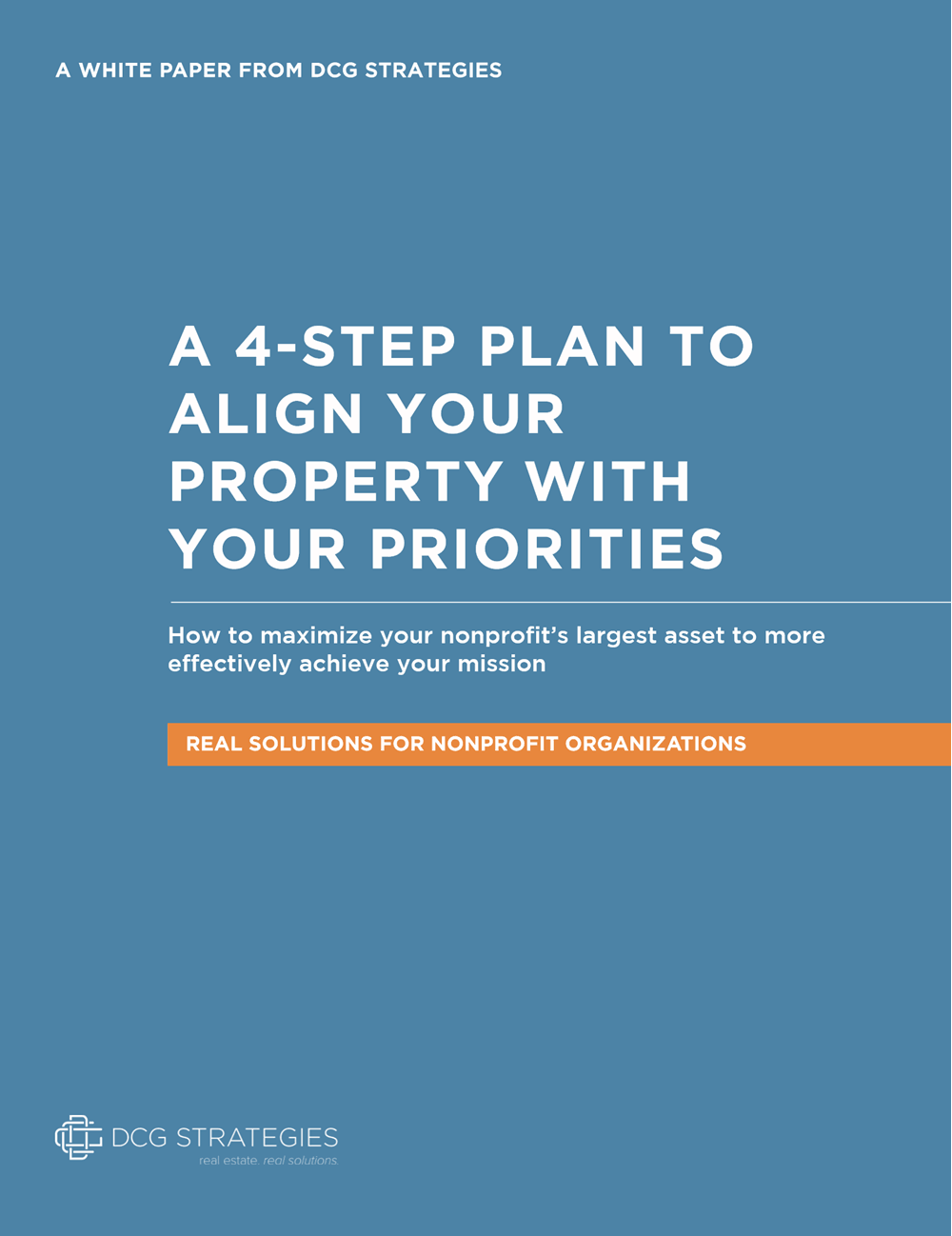San Diego is embracing a mixed-use City of Villages strategy, which is something that can help government real estate needs.
Image source: Wikimedia Commons.
There are two distinct, seemingly opposite, but intimately related trends in 21st-century American life, and both affect the fate of government real estate. The first is the growing desire to automate as many things as possible. If there is something that can be done on a kiosk, online, or on a phone, it should be done that way, rather than forcing citizens to wait in interminable lines. Of course, this means that many government jobs will need to be changed so that direct public service becomes indirect in order to serve as many people as possible.
The second trend is the great crunch – that shift back from the endless urban sprawl that marked most of the last century. After decades of expansion, people now want to move back to neighborhoods where they can walk to stores, to movies, to parks, and to restaurants. People of all ages want an urban environment with suburban comfort and safety. That’s why, all over the country, but particularly in California (bound as it is by desert and ocean), mixed-use developments are growing. Governments are encouraging this, and the ability to reduce real estate space thanks to automation can help that along.
Understanding Mixed-Use Development
Mixed-use development is best understood as a mixture of commercial and residential property that can form an instant neighborhood. In North Hollywood, for example, an old shopping center is being converted into a “mixed-use city” featuring multi-family homes, a movie theater, retail outlets, and the like. What’s great about a development like this is that it allows for a walkable area. People in the multi-family homes (apartments, condos, townhouses) will be able to walk to the store, or the leisure activities like restaurants and the gym. It creates a neighborhood.
Some California cities are taking this neighborhood idea and turning it into a city plan. San Diego is creating what they all a “City of Villages,” which is centered around mixed-use developments that can each form their own little city where residents can walk places, which are both self-contained and also near enough to transportation to get around to other parts of the city.
San Diego came up with their strategic framework partly as a response to the state of California mandating that cities come up with a general plan to promote a more sustainable, eco-friendly, and residential-based way of life. Every city’s plan will be different, of course, but all will have to contain some of the same elements. And it is here that governments looking to downsize can kill two birds with one stone.
Mixing It Up with Mixed-Use
In an earlier article, we talked about how unused government buildings could be sold to promote transit-oriented hubs. This is along the same lines. Governments are going to be looking to sell off buildings, for a couple of reasons.
- Budget shortfalls: Very few towns are in the black, and all can use the injection of money that comes with selling real estate.
- A reduced need for space: As we talked about, automation is going to change jobs, which means agencies will need fewer people in a public-facing sector. The need for people who can answer questions and help in difficult times will never go away, but there will be less of a need for it, so space can be reduced.
- A shifting center: As cities look to create these urban hubs, there will be multiple centers instead of one. Therefore, in order to serve citizens equally, changes will have to be made.
This is where mixed-use can come in. If you have a large, centralized building (or several smaller ones spread out, or in a campus), you can sell to developers who will turn it into a mixed-use area that promotes sustainable development and helps to enhance health by allowing for walking and public spaces.
Then, you can move in.
Imagine a government office that is near restaurants, shopping centers, and residential hubs. That is a government that is responsive and lean. You won’t need as much space, so having a large building isn’t a requirement. The multiple centers can also help: by having smaller offices that are more integrated with the community in each hub (or near each one), you can have a government that understands local needs and is truly part of an area. The experience can be more pleasant for everyone. And, since so many of these mixed-use villages are near public transportation, it becomes easier for citizens to access needed services.
In other words, the center doesn’t need to hold. A government that spreads out to where the people are in a way that integrates with a new style of sustainable development is one that works better. You can save money while serving the public good – and that’s all anyone can ask for.
If your company is considering buying an older property or adapting a building’s use, you don’t have to go it alone. You can get a thorough analysis of the market with all the available options from a consultant whose community values align with your own. Contact DCG Real Estate today to learn more.





